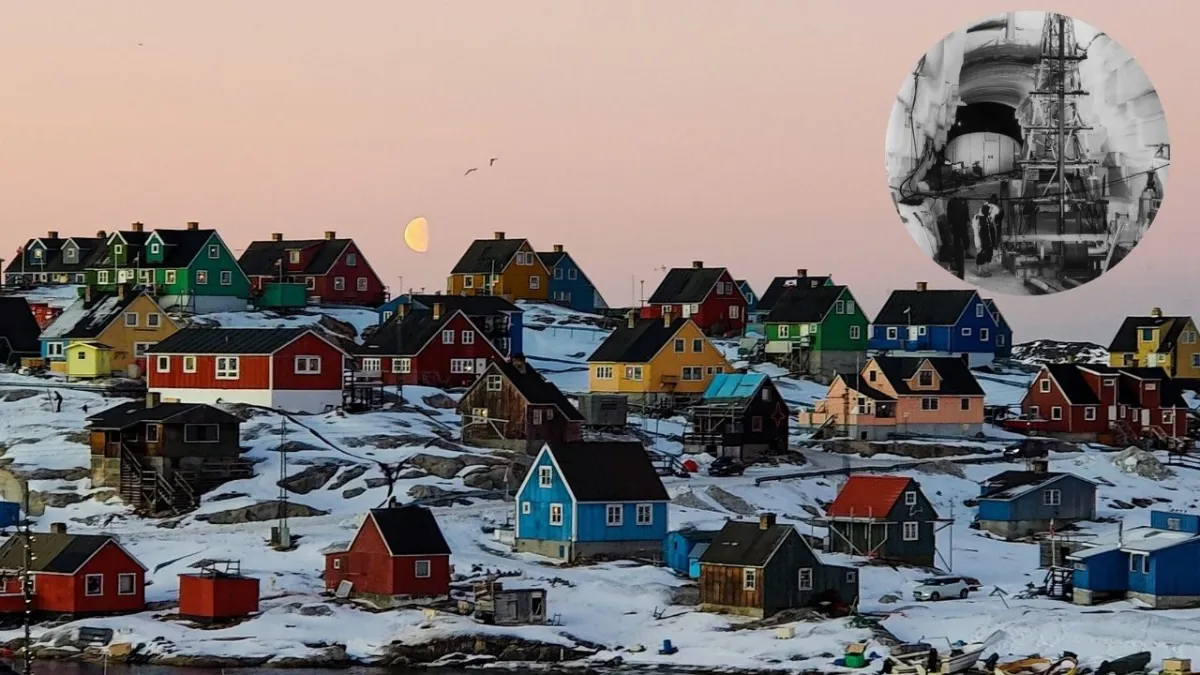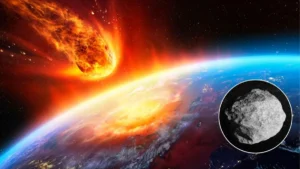
NASA, or the National Aeronautics and Space Administration, is the United States government agency responsible for space exploration and aeronautical research. Founded on July 29, 1958, NASA
has been a pioneer in space exploration, carrying out missions that have significantly expanded human knowledge about the universe.
NASA was created in response to the launch of the Sputnik satellite by the Soviet Union in 1957, an event that marked the beginning of the space race. President Dwight D. Eisenhower signed the National Aeronautics and Space Act, establishing NASA as a civilian agency dedicated to space and aeronautics research. Since then, NASA has carried out numerous iconic missions, including the Apollo program, which landed the first human being on the Moon in 1969.
For his multiple contributions to science, A team of NASA scientists aboard a plane equipped with advanced radar technology made an unexpected discovery during a research flight over the Greenland ice sheet. Instead of just mapping the depths of the ice bed and underlying terrain, the instruments revealed the presence of buried structures: Camp Century, a secret military base built in the middle of the Cold War, also called “City under the ice.”
Pixabay
(You can read: What is the eternal city and why is it called that? It is not in Latin America)
This is the buried city of Greenland
Camp Century was developed in 1959 by the United States Army Corps of Engineers as part of an ambitious project called Project Iceworm. This highly classified plan called for the construction of a network of more than 4,000 kilometers of tunnels under the ice. Its purpose was strategic: to serve as a launching base for intercontinental ballistic missiles that could reach the Soviet Union, according to NASA reports.
The base, nicknamed “the city under the ice,” consisted of tunnels designed to withstand the extreme conditions of the Arctic. Despite its innovative design, logistical challenges and high costs caused the project to be abandoned in 1967. Since then, the structures have been trapped in ice, buried under more than 30 meters of snow and ice accumulated over the decades.
During the 2024 flyby, scientists were using an advanced radar system known as UAVSAR (Unmanned Vehicle Synthetic Aperture Radar) to map the inner layers of the ice. This radar, which works in a similar way to ultrasound, makes it possible to create three-dimensional maps of the interior of the icy layers. This is how by accident the scientists revealed images of the aligned structures of the base, which coincide with the historical plans and archives that were recorded for Camp Century.

NASA
“We were looking for the ice bed when Camp Century suddenly appeared,” explained Alex Gardner, scientist at NASA’s Jet Propulsion Laboratory (JPL) and one of the project leaders. “At first, we didn’t know what exactly it was.” The images obtained show unprecedented clarity compared to previous studies carried out with conventional radars. It is now possible to distinguish individual structures, which has sparked the interest of both the scientific community and the general public.
The buried city could be toxic
Although Camp Century represents a fascinating window into the past, it also raises serious environmental concerns. When the base was abandoned, toxic waste was buried, including fuel, biological waste, and possible radioactive materials. With global warming accelerating the melting of the ice sheet, experts fear that this debris could rise to the surface again, posing a significant risk to the environment.
“Climate change is transforming the Arctic at an alarming rate,” Gardner said. “This finding underscores the importance of understanding how ice sheets respond to global warming, as this directly influences sea level rise and other environmental problems.”

Space Magazine
Beyond the risks, the Camp Century discovery also offers unique opportunities for science. The data collected during the flyby will contribute to improving projections on the dynamics of the ice sheets and their impact on the future of the planet. These tools will be critical for studies in other polar regions, such as Antarctica, where conditions are equally challenging. As the ice continues to reveal hidden secrets, scientists will continue to investigate how to protect both the historical legacy that surrounds it.
Source: https://www.noticiascaracol.com/mundo/la-nasa-descubre-ciudad-sepultada-bajo-nieve-de-la-guerra-fria-imagenes-impactantes-so35


